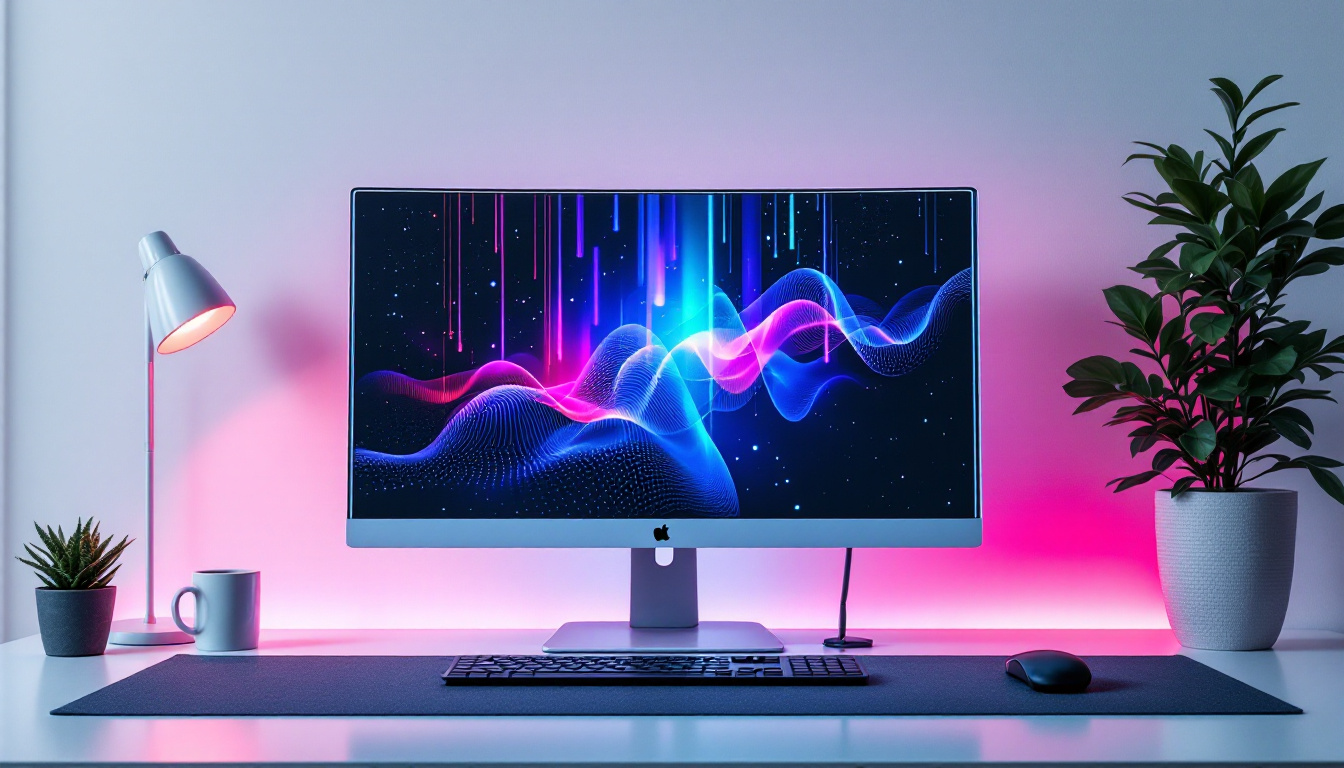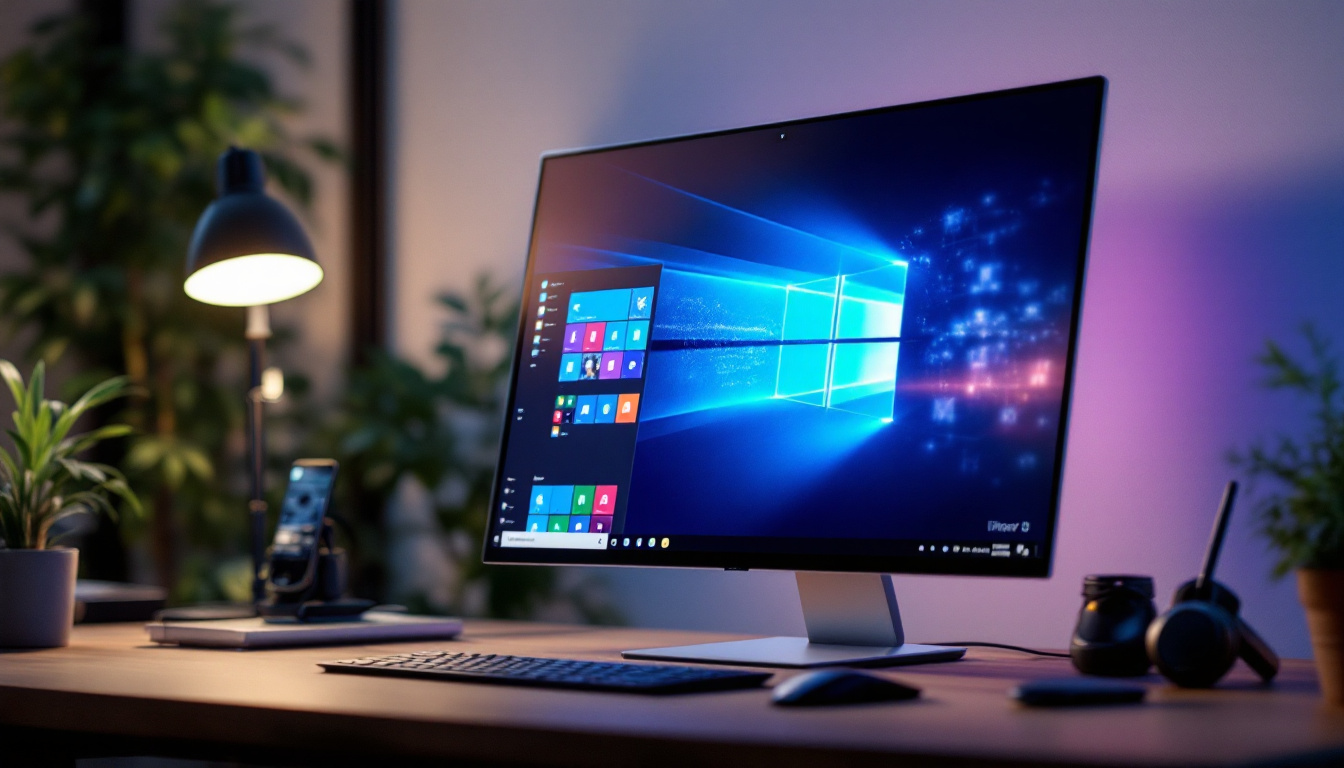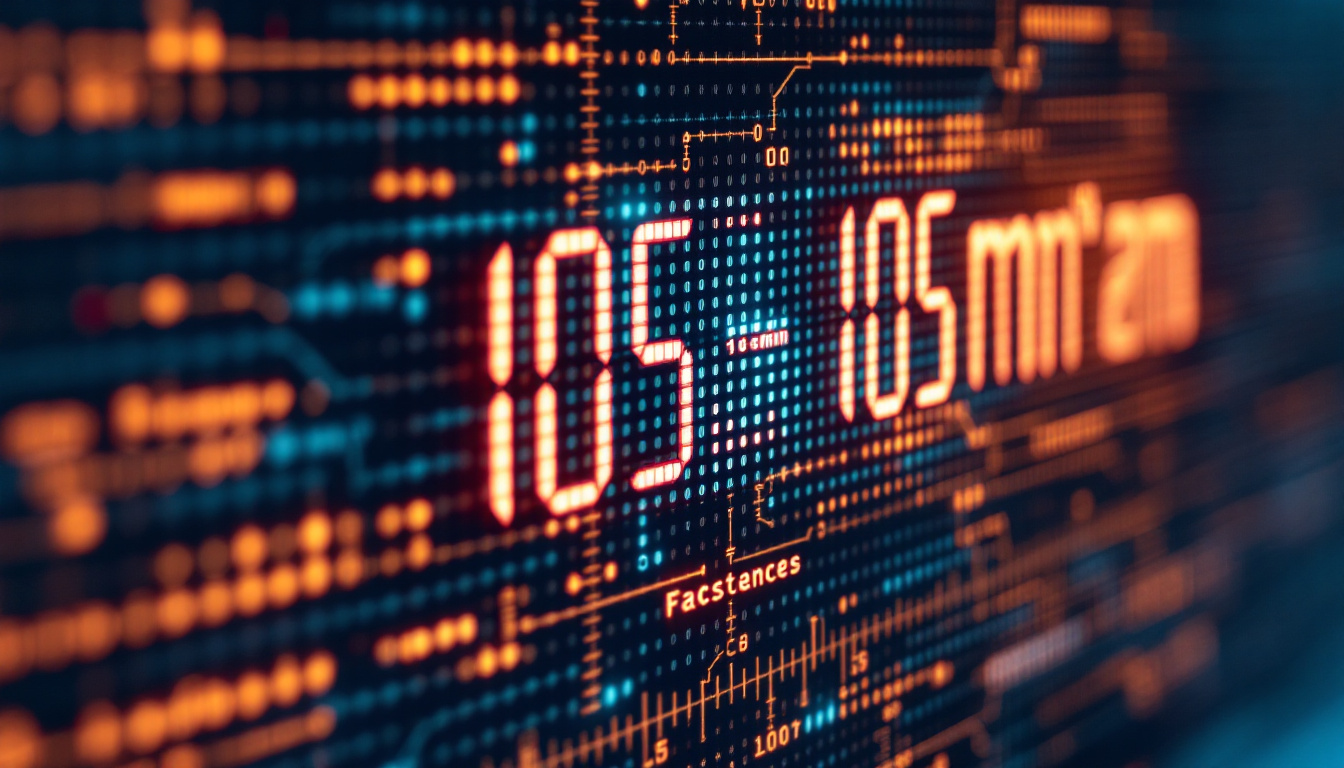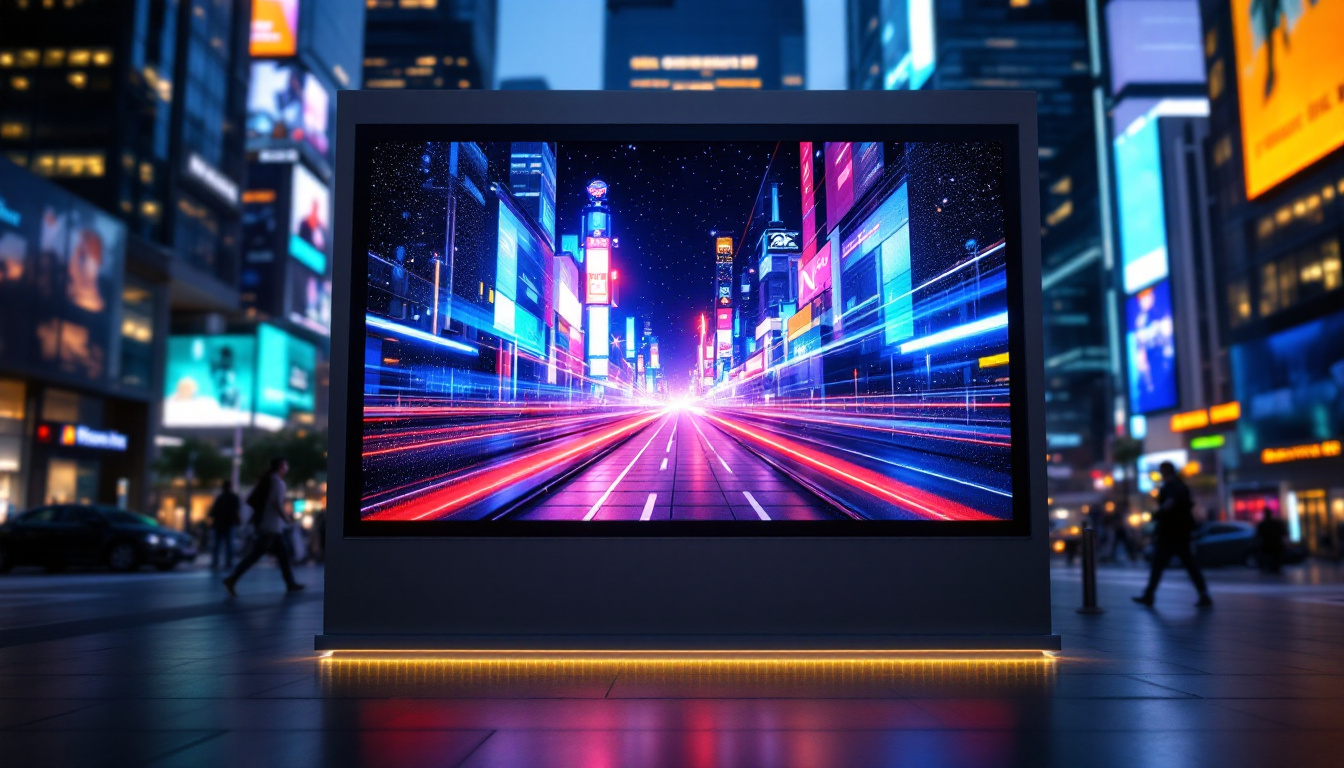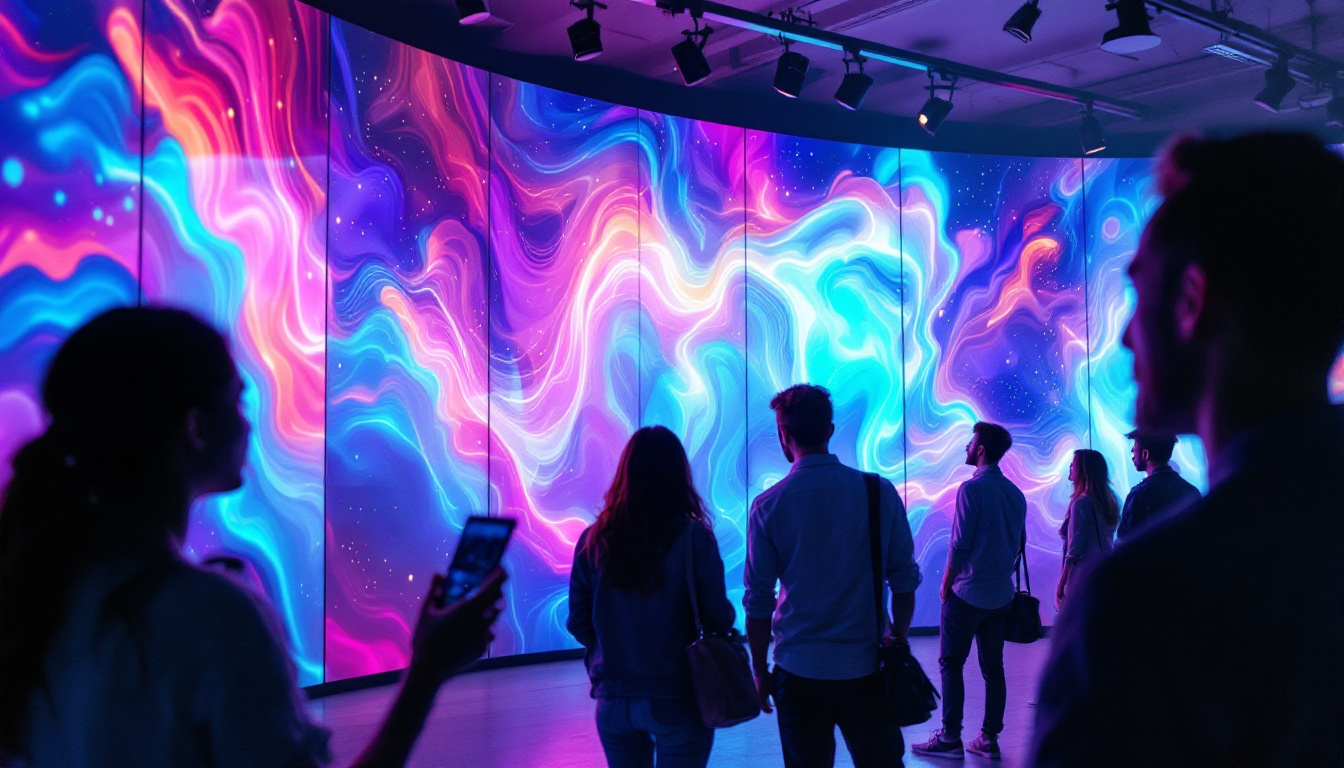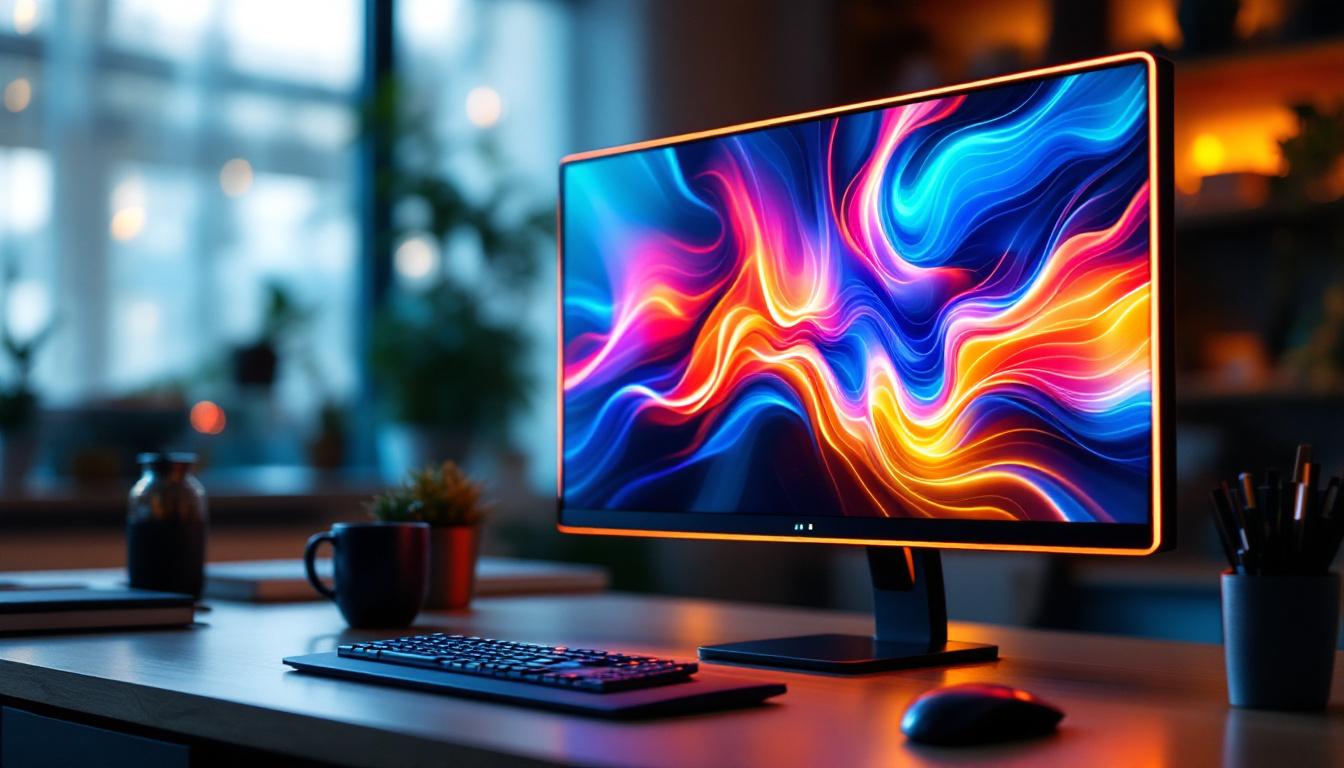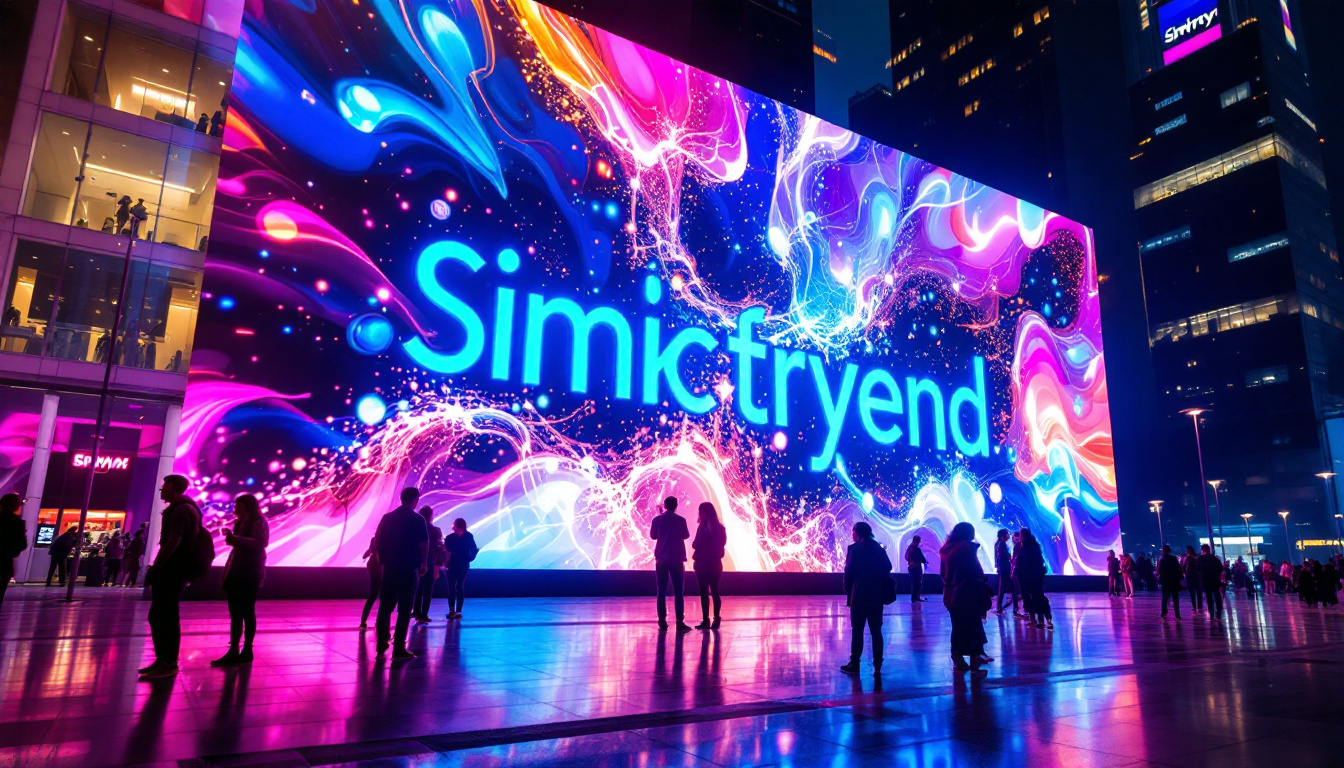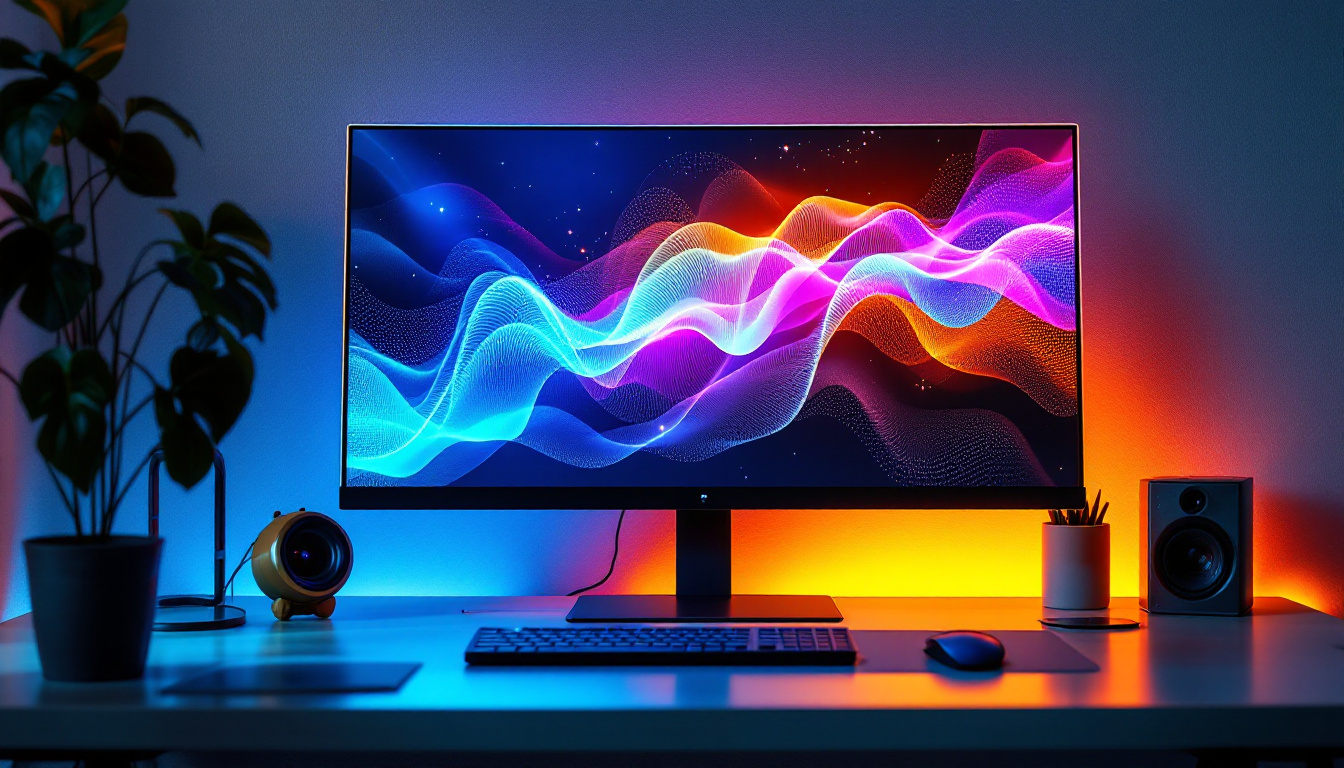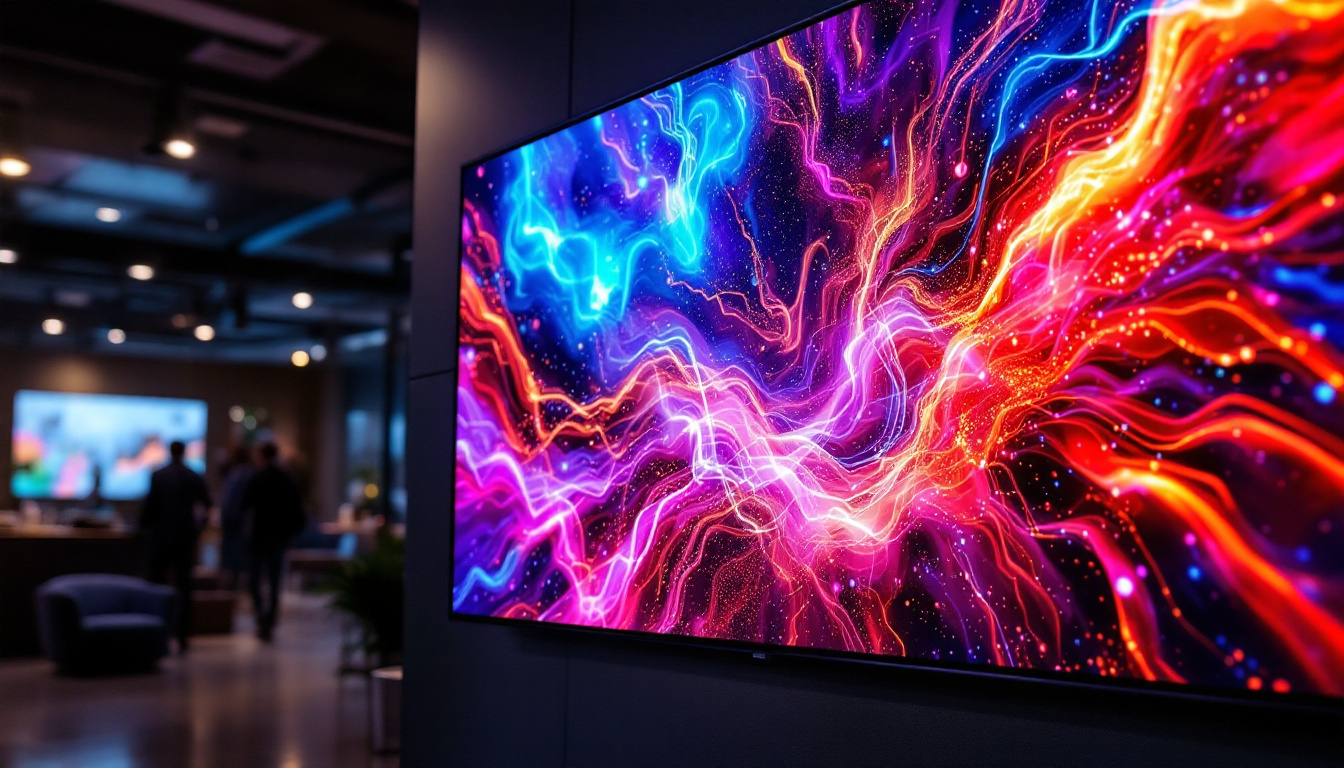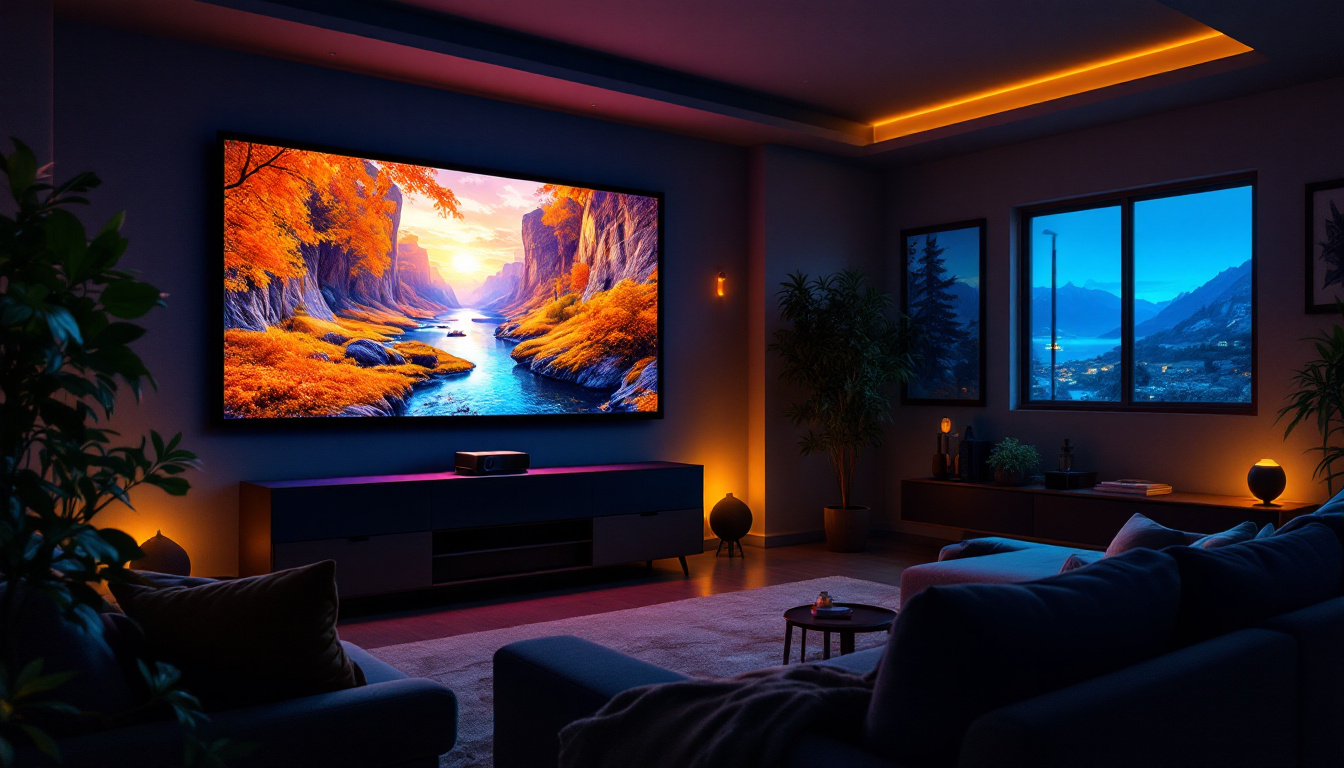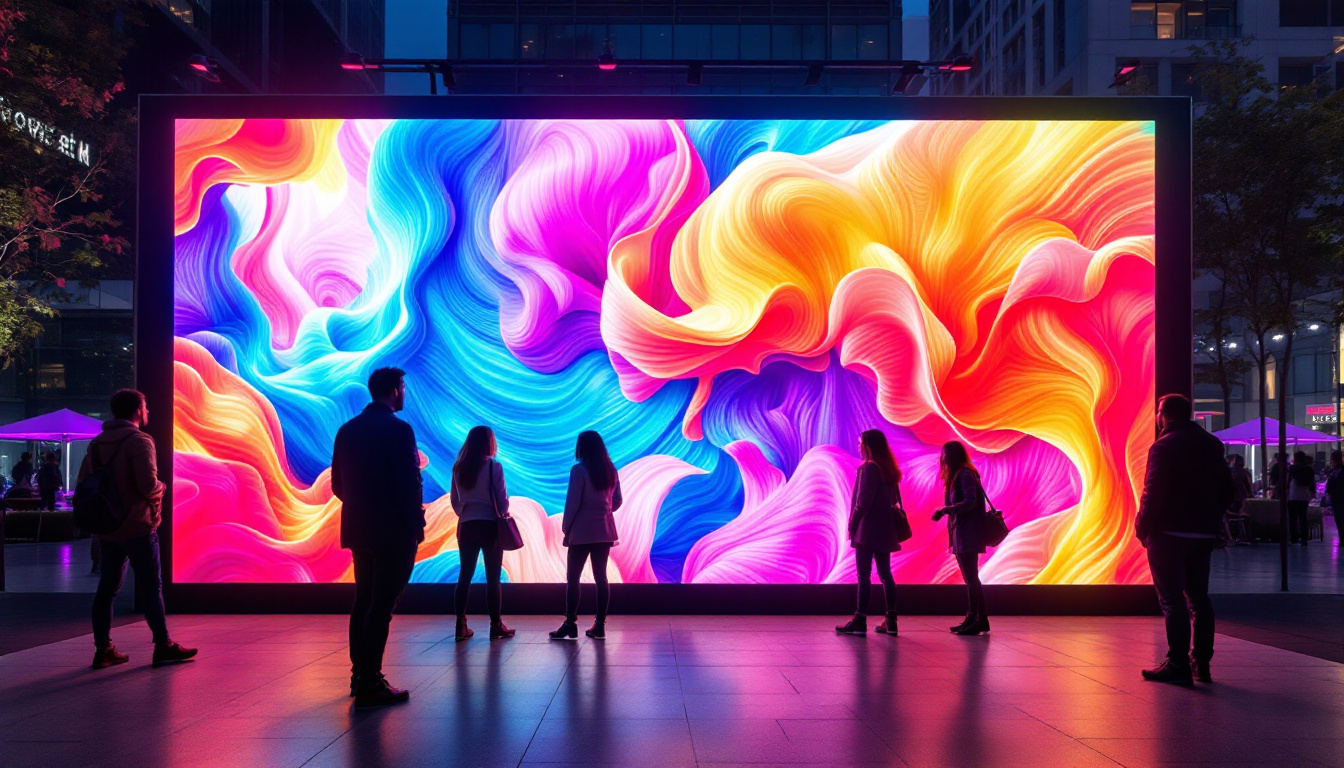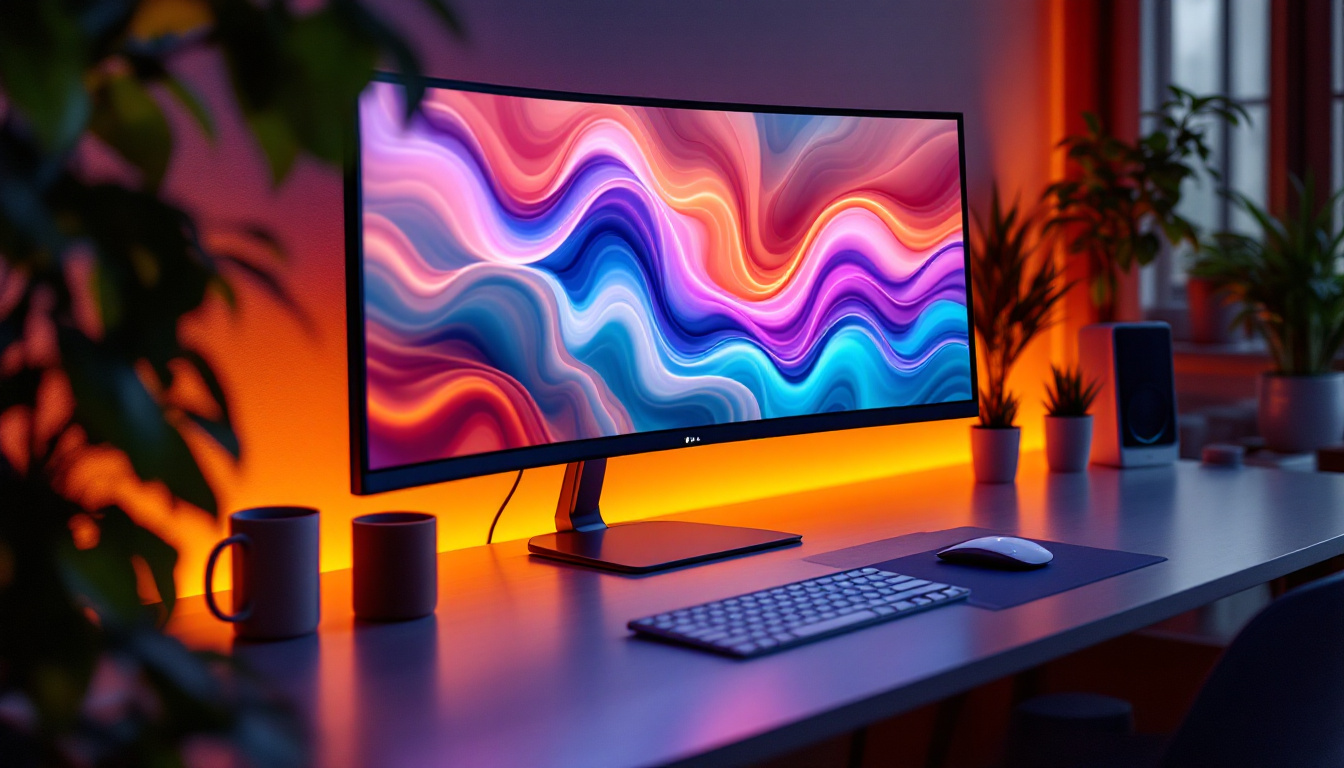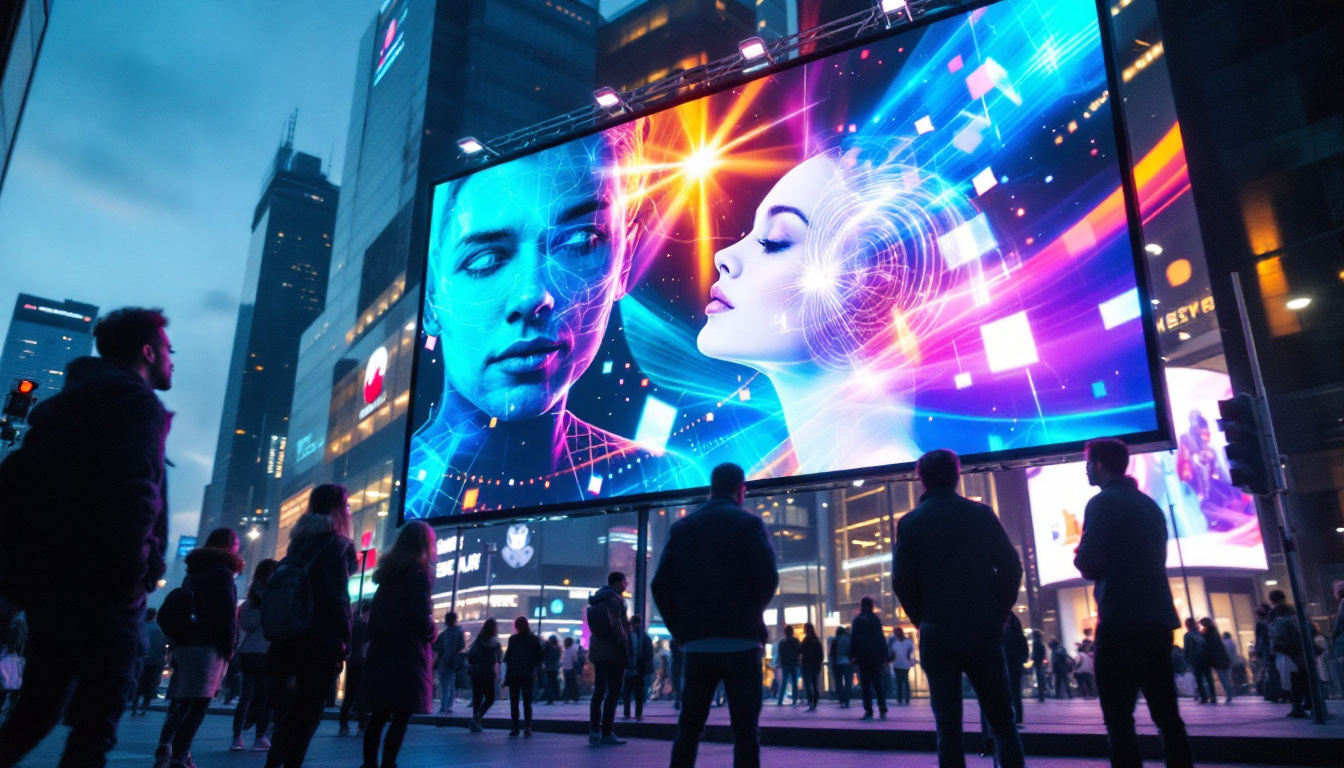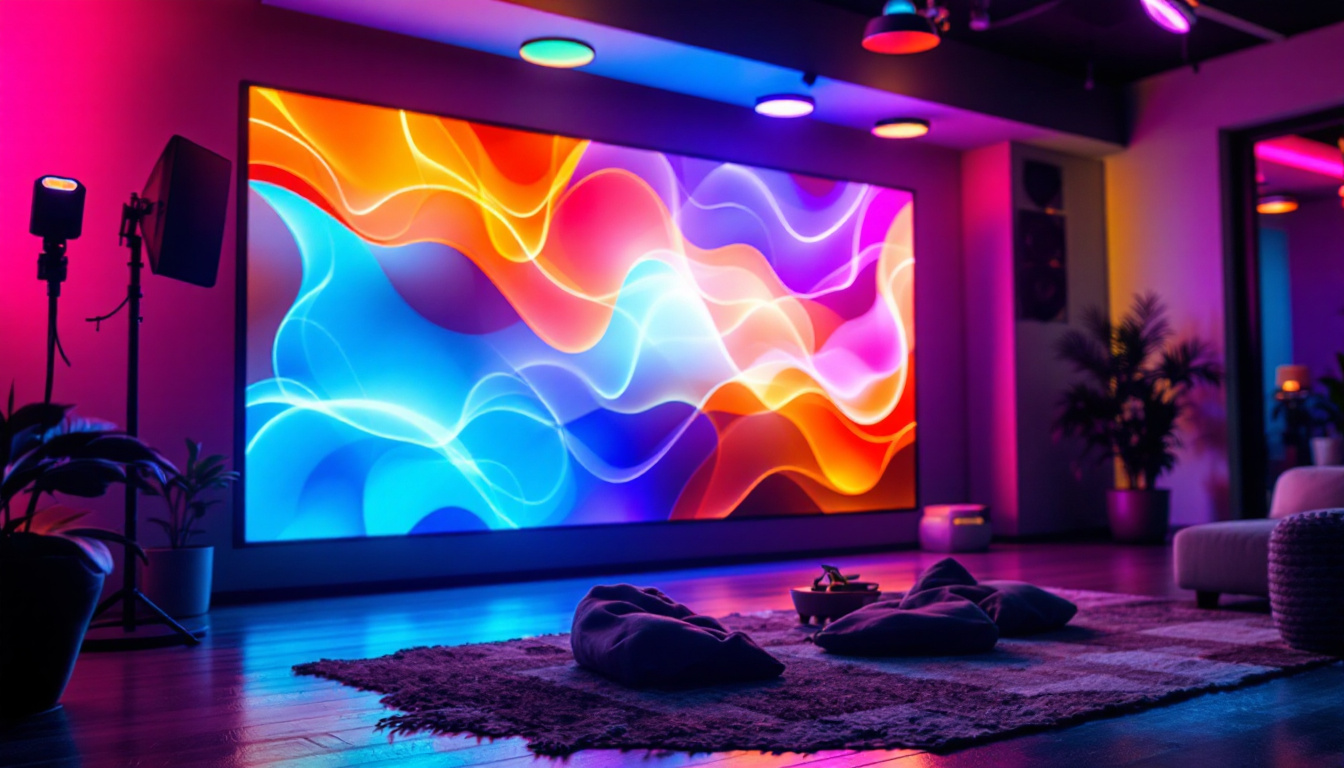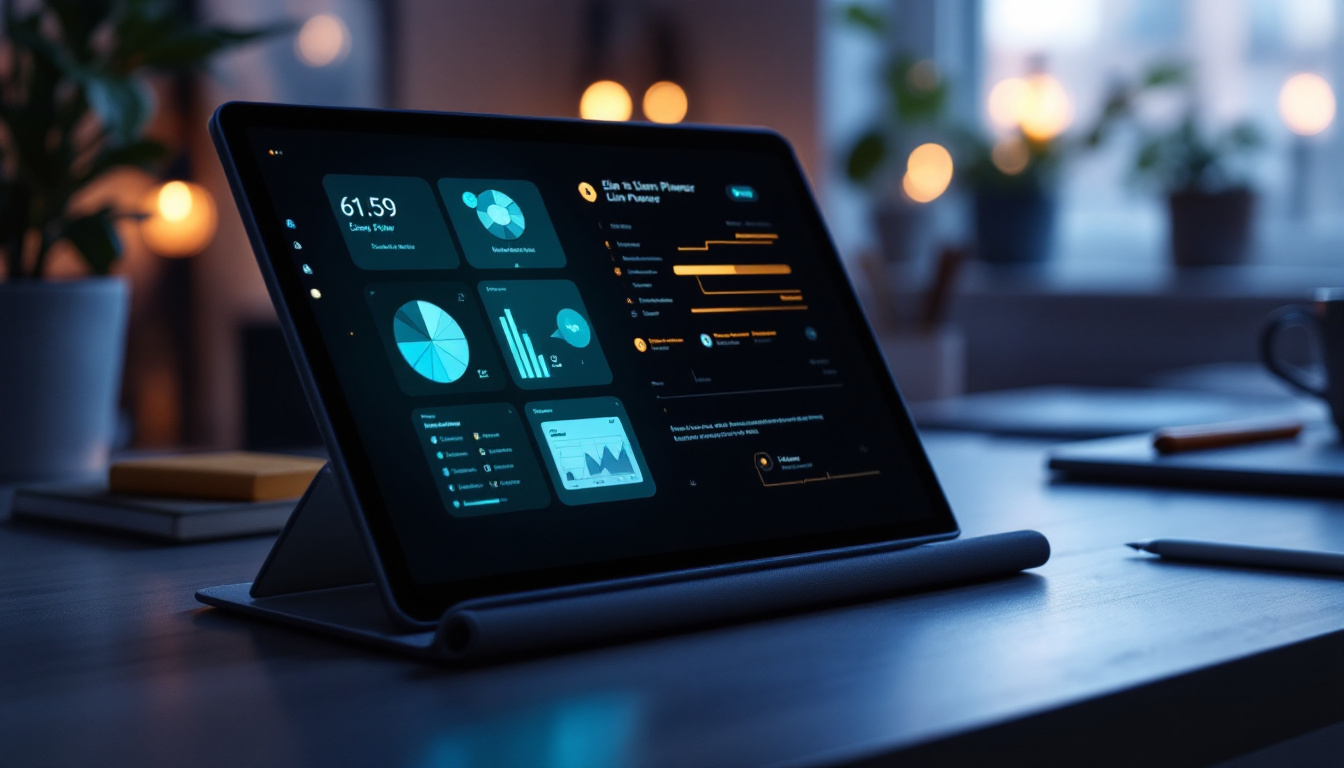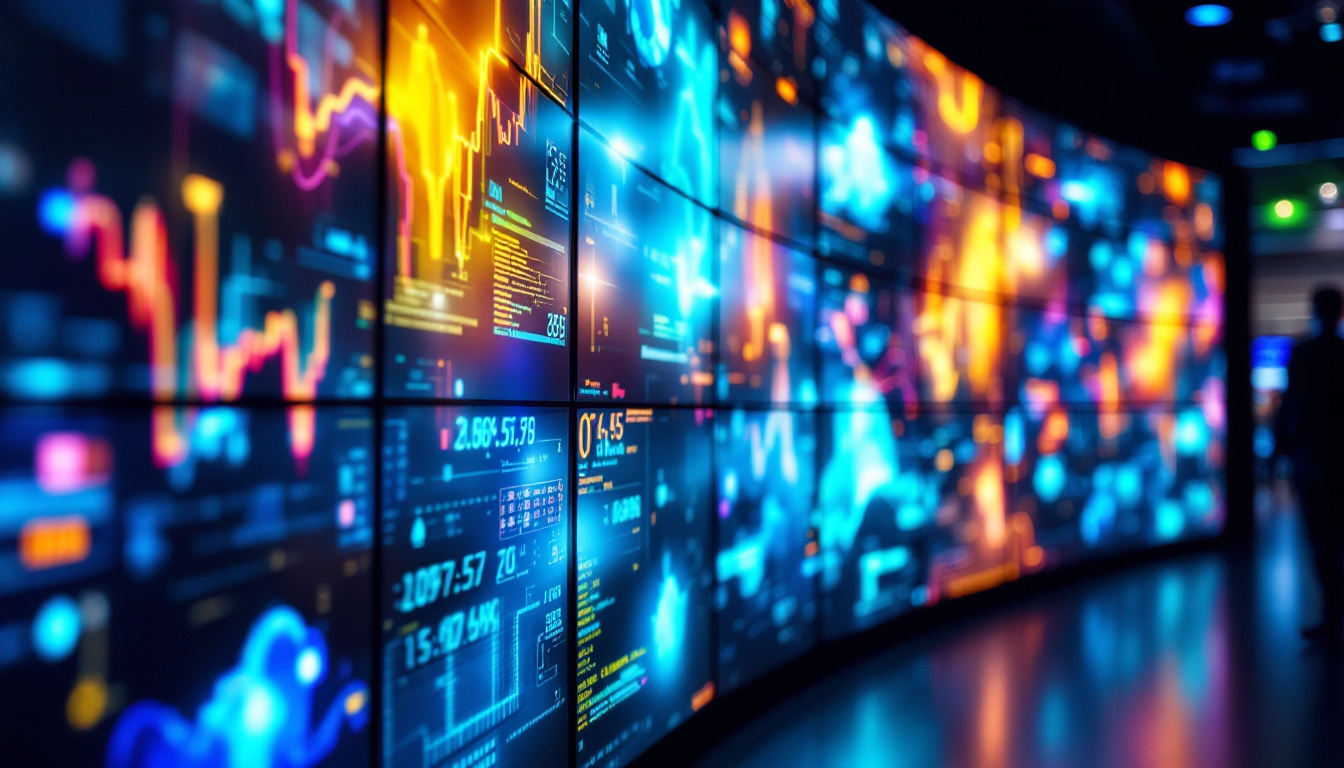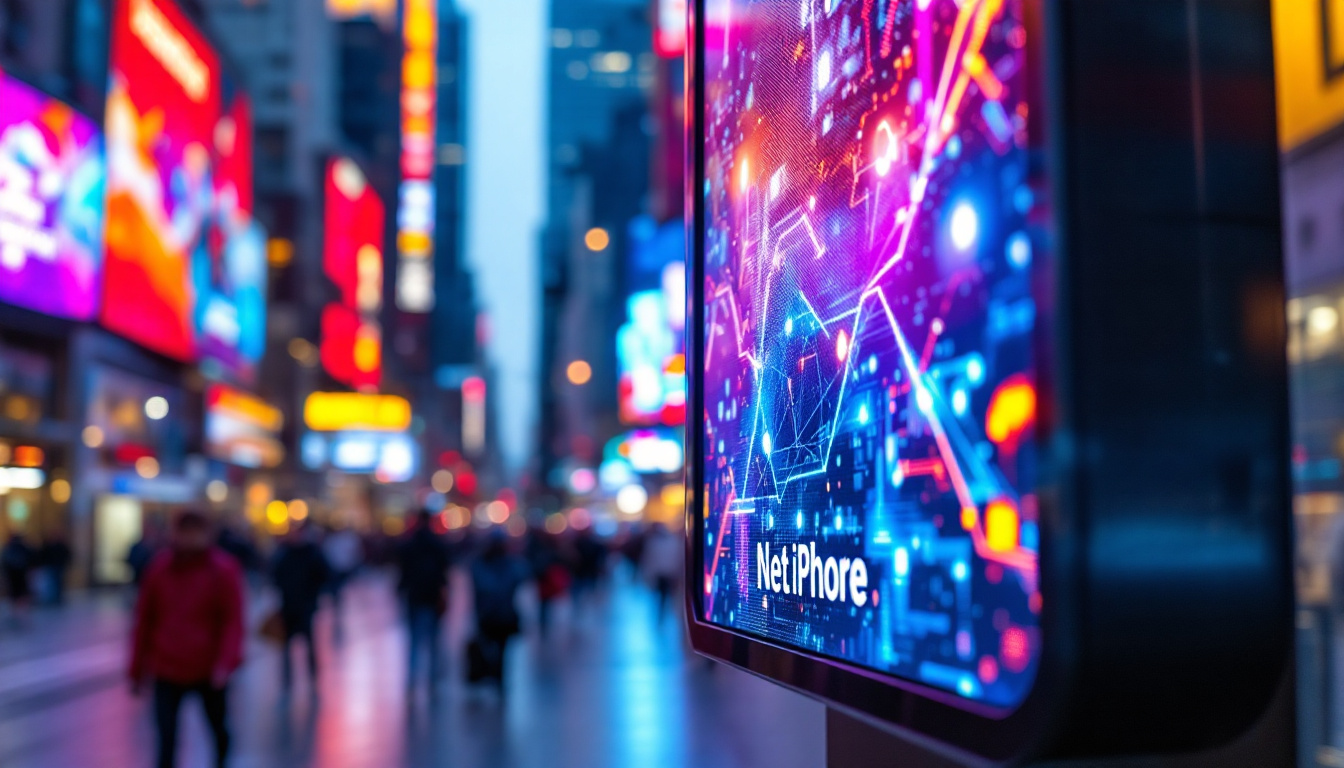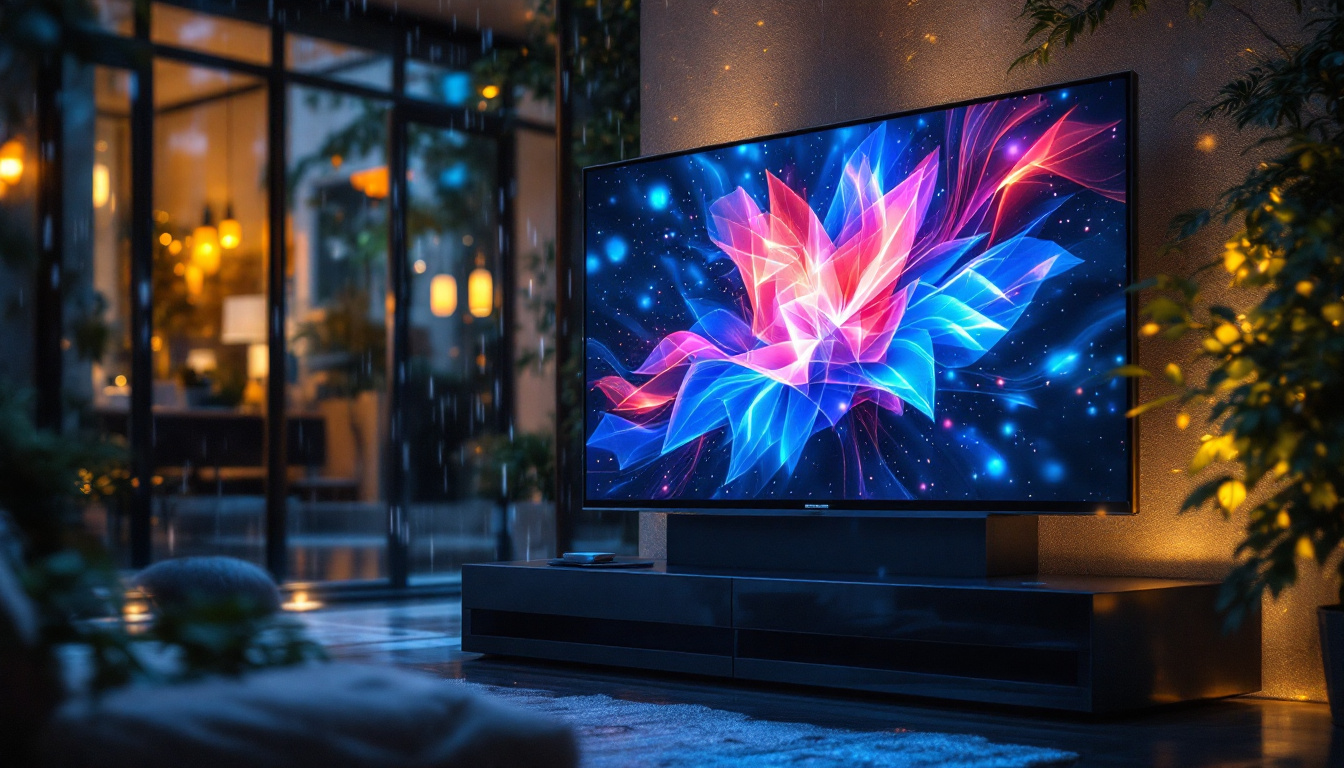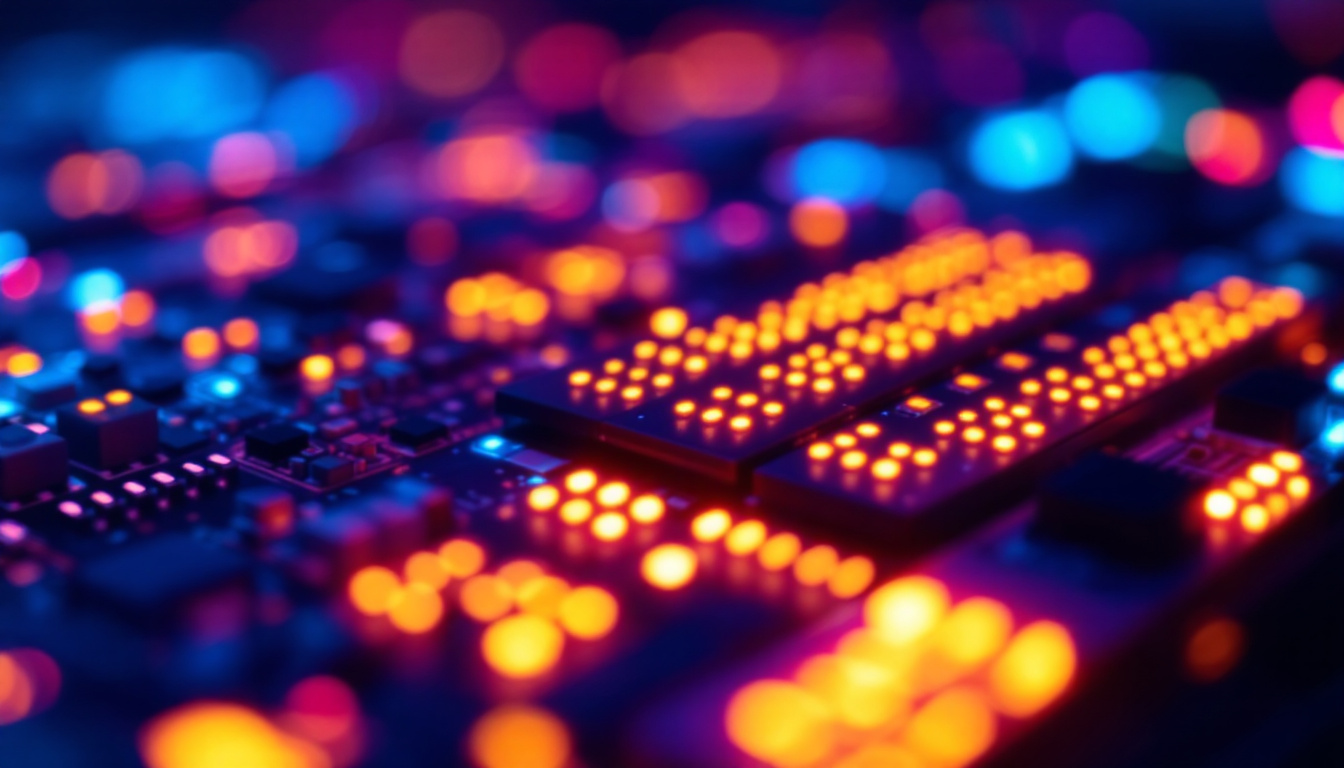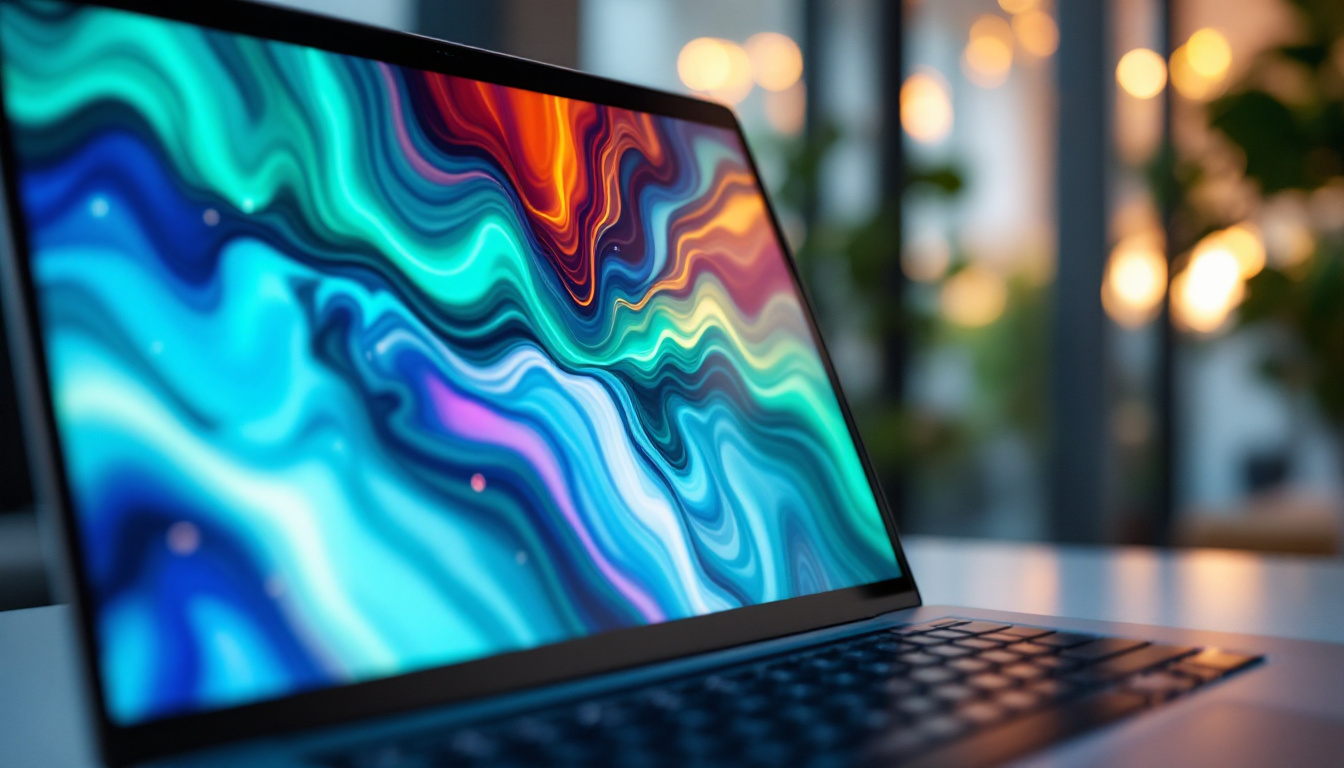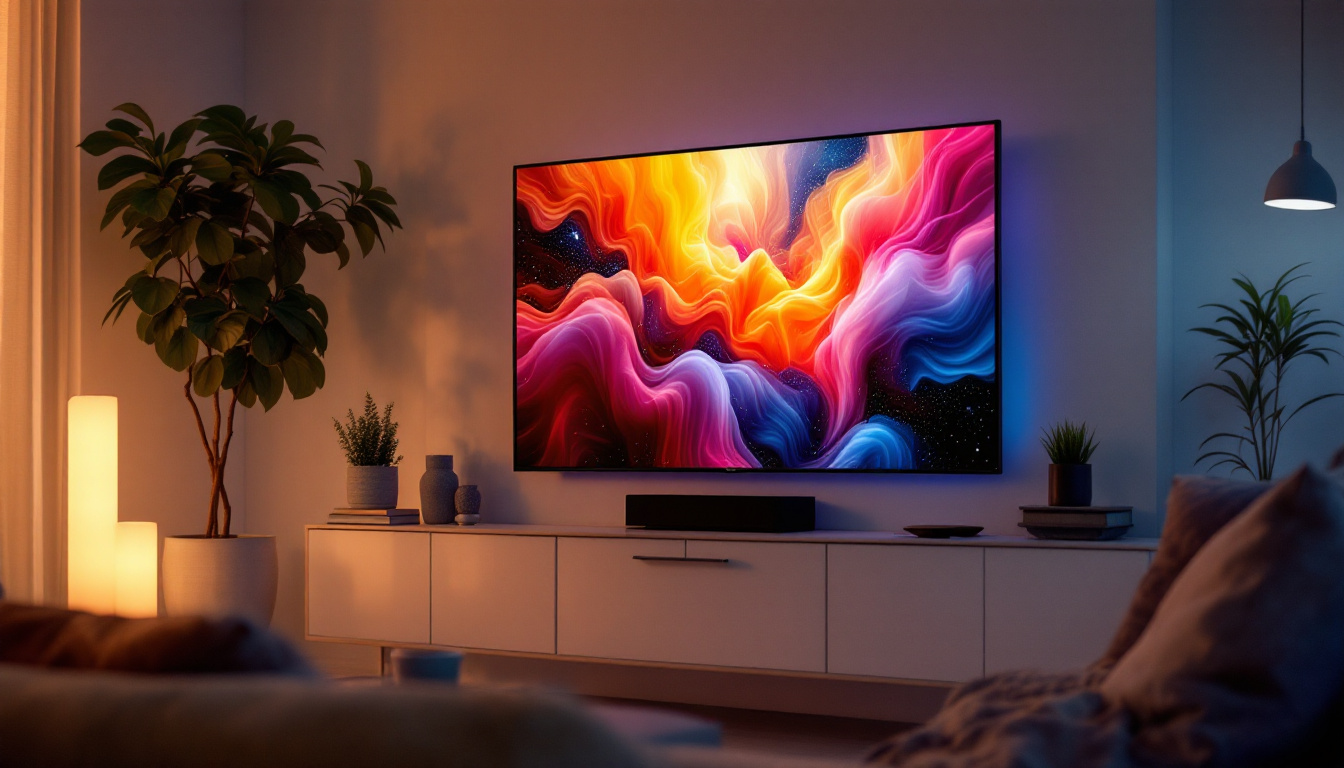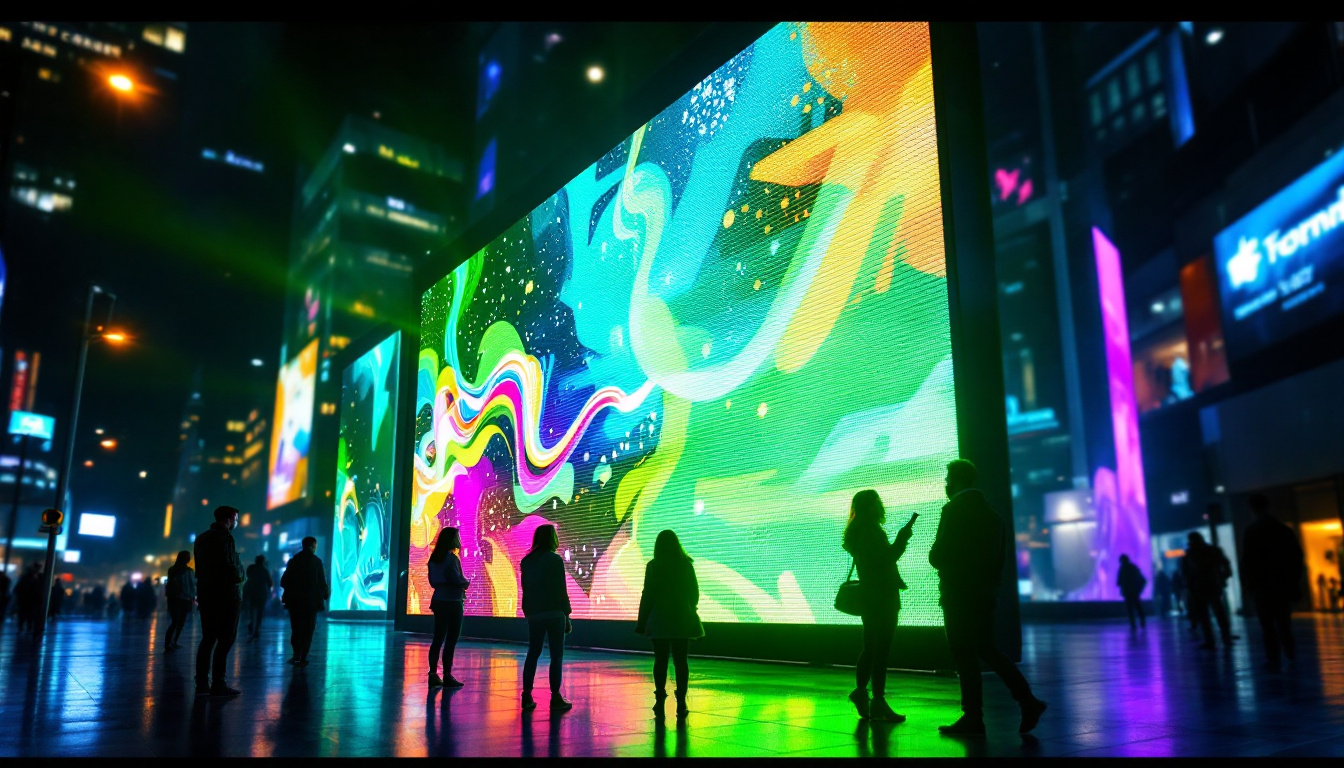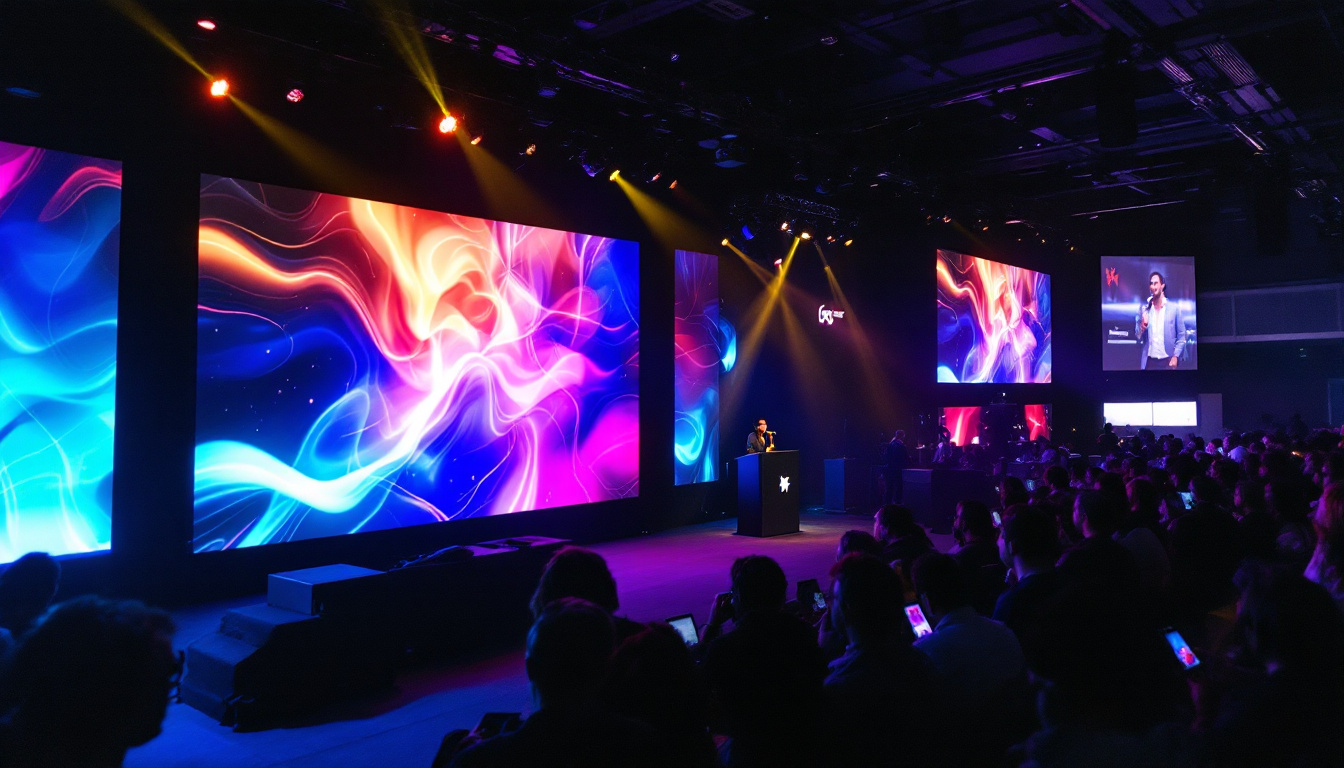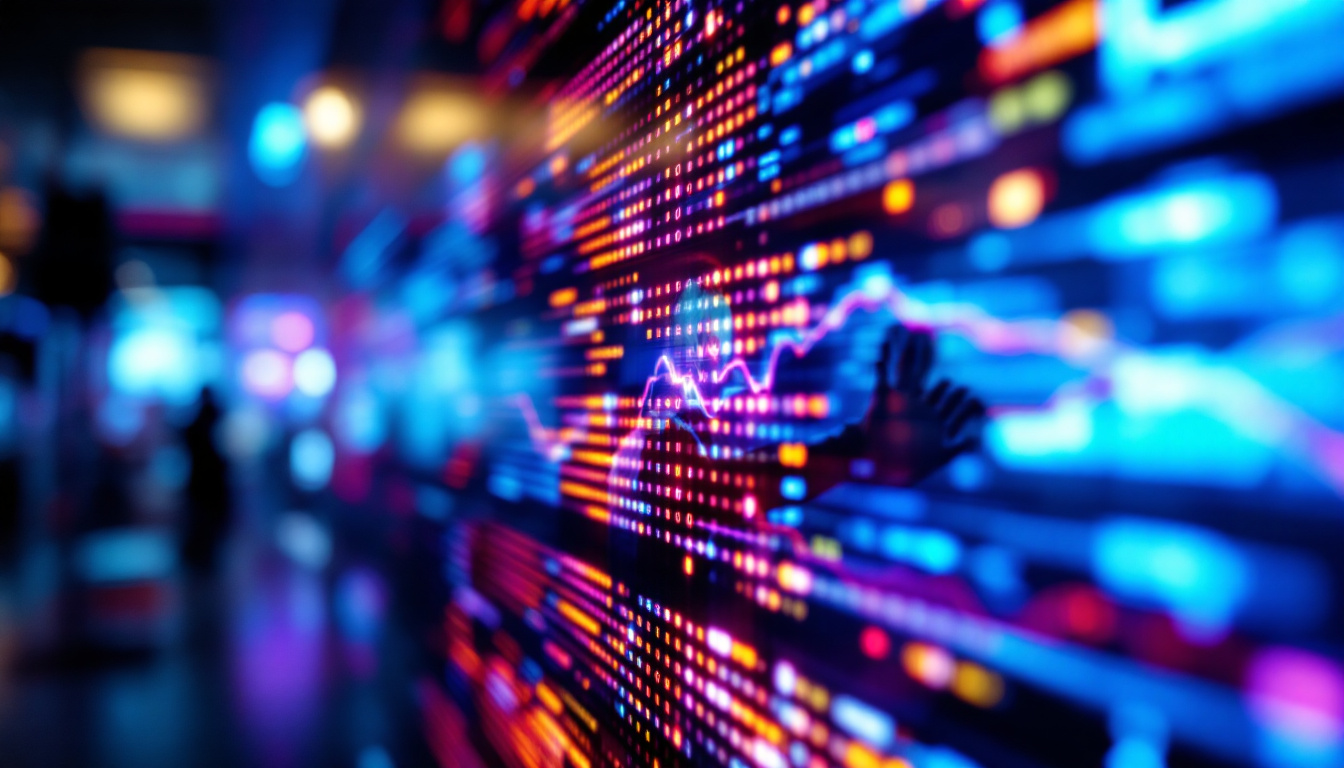In an era where technology is evolving at an unprecedented pace, the emergence of translucent computer monitors represents a significant leap in display technology. These innovative devices not only enhance the aesthetic appeal of workspaces but also offer unique functionalities that traditional monitors cannot match. This article delves into the intricacies of translucent computer monitors, focusing on LED display technology, its benefits, applications, and future prospects.
Understanding Translucent Monitors
Translucent monitors, often referred to as transparent displays, are designed to allow light to pass through them while still displaying images and information. This unique feature creates a visually striking effect, making the monitor appear as if it is floating in mid-air. The technology behind these displays is primarily based on LED (Light Emitting Diode) technology, which plays a crucial role in their operation.
The Technology Behind Translucent Displays
At the core of translucent monitors is the LED technology that enables vibrant colors and high contrast ratios. Unlike traditional LCD monitors that rely on backlighting, translucent displays utilize a combination of transparent screens and LED panels. This allows for a more energy-efficient operation while maintaining a high level of brightness and clarity.
Moreover, the transparency of these monitors can be adjusted, enabling users to control how much of the background is visible. This feature not only enhances the visual experience but also allows for creative applications in various fields, from advertising to interior design. For instance, in retail environments, translucent displays can showcase products while still allowing customers to see the store layout, creating an immersive shopping experience that blends information with the physical space.
Benefits of Translucent Monitors
Translucent monitors offer several advantages that set them apart from conventional displays. One of the most notable benefits is their space-saving design. By allowing users to see through the monitor, these displays can create the illusion of a larger workspace, making them ideal for small offices or home setups.
Additionally, the aesthetic appeal of translucent monitors can enhance the overall look of a workspace. They can serve as a statement piece, drawing attention and sparking conversations. This unique design can also be integrated into various environments, from retail spaces to art installations, providing versatility that traditional monitors lack. Furthermore, these displays can be utilized in innovative ways, such as in museums where they can overlay digital information onto physical exhibits, enriching the visitor experience and providing deeper insights into the displayed artifacts.
Another significant advantage is the potential for interactive applications. With advancements in touch technology, translucent monitors can be equipped with touch-sensitive capabilities, allowing users to interact with the display while still maintaining a connection to the surrounding environment. This interactivity can transform how information is presented, making it more engaging and accessible, particularly in educational settings where visual learning is paramount.
Applications of Translucent Monitors
The applications of translucent monitors are vast and varied, spanning multiple industries. Their unique design and functionality make them suitable for a range of uses, from commercial to artistic. Below are some of the most prominent applications of translucent LED displays.
Retail and Advertising
In the retail sector, translucent monitors are revolutionizing the way products are showcased. They can be used as dynamic signage that allows customers to see through the display while still engaging with the content. This capability not only attracts attention but also provides an immersive shopping experience.
Moreover, brands can utilize these monitors for interactive advertising campaigns, where customers can engage with the display, learn more about products, and make informed purchasing decisions. The transparency of the monitor adds an element of intrigue, encouraging customers to explore further. Retailers can also use these displays to highlight promotions or seasonal offerings, creating a visually appealing atmosphere that draws shoppers in and keeps them informed about the latest trends.
Interior Design and Architecture
Translucent monitors are also making waves in the fields of interior design and architecture. Designers are incorporating these displays into their projects to create stunning visual effects. For instance, they can be used as partitions that provide privacy without completely blocking light, maintaining an open and airy feel in a space.
Additionally, architects are experimenting with translucent displays in building facades, allowing for dynamic lighting and digital art installations that can change the appearance of a structure throughout the day. This innovative use of technology not only enhances the aesthetic appeal but also contributes to energy efficiency. The ability to project images or information onto these surfaces can transform a mundane building into a vibrant canvas, showcasing art or branding that evolves with the time of day or season, thus creating a living, breathing structure that interacts with its environment.
Education and Training
In educational settings, translucent monitors can facilitate interactive learning experiences. By allowing students to see through the display, educators can create engaging presentations that incorporate real-world elements. This can enhance understanding and retention of information, making learning more effective.
Furthermore, in training environments, these monitors can be used to simulate real-life scenarios, providing trainees with hands-on experience without the need for physical props. This application is particularly beneficial in fields such as healthcare, engineering, and emergency response. For example, medical students can observe procedures while still viewing anatomical models behind the screen, bridging the gap between theory and practice. Similarly, engineering students can visualize complex designs and simulations, enhancing their problem-solving skills in a more interactive way. The versatility of translucent monitors in educational settings not only fosters creativity but also prepares students for a future where technology and interactivity are paramount in professional environments.
Challenges and Considerations
While translucent monitors offer numerous advantages, there are also challenges and considerations that potential users should keep in mind. Understanding these aspects is crucial for making informed decisions regarding their implementation.
Cost and Accessibility
One of the primary challenges associated with translucent monitors is their cost. As a relatively new technology, these displays can be significantly more expensive than traditional monitors. This can be a barrier for smaller businesses or individual users looking to upgrade their equipment.
Moreover, the availability of translucent monitors may be limited in certain regions, making it difficult for potential buyers to access the latest models. As the technology matures and production scales up, it is expected that prices will decrease, making them more accessible to a broader audience. In addition, the cost of maintenance and potential repairs can also be higher than that of conventional monitors, as specialized knowledge and parts may be required to address any issues that arise.
Technical Limitations
Another consideration is the technical limitations of translucent monitors. While they excel in certain applications, they may not perform as well in others. For instance, their transparency can sometimes compromise the visibility of content in brightly lit environments, which can be a drawback for users in well-lit offices or outdoor settings.
Additionally, the color accuracy and resolution of translucent displays may not yet match that of high-end traditional monitors, particularly for professional applications such as graphic design or video editing. Users should carefully evaluate their specific needs before opting for a translucent monitor. Furthermore, there may be challenges related to the integration of these displays with existing software and hardware setups, as not all applications are optimized for the unique features of translucent technology. As such, potential users should conduct thorough research and possibly seek expert advice to ensure compatibility and optimal performance.
The Future of Translucent Monitors
As technology continues to advance, the future of translucent monitors looks promising. Innovations in LED technology and display manufacturing are expected to enhance the performance and capabilities of these devices, making them even more appealing to consumers and businesses alike.
Advancements in Display Technology
Future developments in display technology may lead to improved resolution, color accuracy, and brightness levels for translucent monitors. Researchers are exploring new materials and techniques that could enhance the transparency and functionality of these displays, making them suitable for a wider array of applications.
Furthermore, the integration of augmented reality (AR) and virtual reality (VR) technologies with translucent displays could create entirely new experiences for users. Imagine a translucent monitor that not only displays information but also overlays digital content onto the physical world, providing an interactive and immersive experience.
Increased Adoption Across Industries
As awareness of the benefits of translucent monitors grows, it is likely that their adoption will increase across various industries. Businesses are always on the lookout for innovative solutions that can enhance customer engagement and improve operational efficiency. Translucent monitors fit this bill perfectly, offering a unique blend of functionality and style.
Moreover, as more companies invest in sustainable practices, the energy efficiency of LED technology will become an attractive feature. This could further drive the demand for translucent monitors, as organizations seek to reduce their environmental footprint while embracing cutting-edge technology.
Conclusion
Translucent computer monitors represent a fascinating intersection of technology and design, offering a glimpse into the future of display technology. With their unique ability to blend transparency with vibrant LED displays, these monitors are transforming how information is presented and experienced across various sectors.
While there are challenges to consider, such as cost and technical limitations, the potential applications and benefits of translucent monitors are vast. As advancements in technology continue to unfold, it is likely that these displays will become increasingly prevalent, reshaping the way we interact with digital content.
In conclusion, the future of translucent monitors is bright, and their impact on industries ranging from retail to education is poised to grow. Embracing this technology today may well be the key to unlocking new possibilities and enhancing the user experience in the digital age.
Discover the Future of Display Technology with LumenMatrix
Ready to elevate your visual experience and step into the future of display technology? LumenMatrix is at the forefront, offering a wide array of innovative LED display solutions that cater to your every need. From captivating Indoor and Outdoor LED Wall Displays to dynamic Vehicle and Sports LED Displays, our products are designed to revolutionize visual communication. Embrace the power of transparency with our LED Transparent Display, or choose from our versatile range including LED Poster, Floor, Custom, and All-in-One LED Displays. Experience how LumenMatrix can transform your space and engage your audience. Check out LumenMatrix LED Display Solutions and be a part of the visual revolution today.

